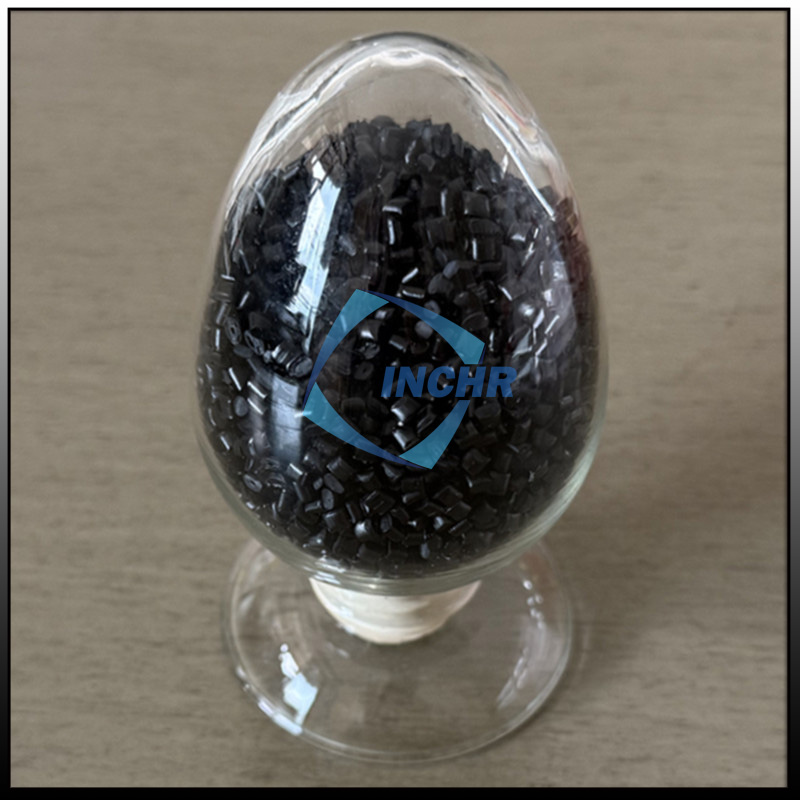Carbon Fiber Reinforced Nylon: Redefining Modern Engineering Excellence
In an era where industries demand materials that deliver both performance and sustainability, carbon fiber reinforced nylon (CFRN) has risen as a revolutionary solution. This advanced polymer composite merges the versatility of nylon with the unparalleled strength of carbon fibers, creating a material that outperforms traditional metals and plastics in weight-sensitive, high-stress applications. From electric vehicles to aerospace components, CFR nylon is setting new standards for innovation.

Why Carbon Fiber Reinforced Nylon?
CFRN’s engineered by embedding carbon fibers into a nylon matrix (typically PA6, PA66, or PA12). The result is a material that offers:
Superior Strength-to-Weight Ratio: 50–70% lighter than steel with comparable tensile strength.
High Thermal Stability: Retains structural integrity at temperatures up to 200°C (392°F).
Chemical Resistance: Resists degradation from oils, fuels, and industrial solvents.
Design Flexibility: Compatible with injection molding, 3D printing, and CNC machining.
This unique combination allows CFRN to replace bulkier metals and less durable plastics, reducing energy consumption and costs across industries.
4 Key Benefits of CFRN
1. Lightweight Without Sacrificing Strength
CFRN’s standout feature is its ability to slash weight while maintaining rigidity. For example:
Automotive: Lightweight gears and EV battery mounts improve fuel efficiency and range.
Aerospace: Drone frames and satellite housings reduce launch costs and extend mission durations.
2. Thermal and Chemical Durability
Unlike conventional nylon, CFRN thrives in extreme environments:
Automotive Engine Bays: Withstands heat from engines and exposure to motor oils.
Industrial Machinery: Resists abrasive chemicals in pumps and valves.
3. Cost-Effective Production
Injection-molded CFRN parts enable complex designs (e.g., integrated snap-fits, thin walls) with minimal post-processing. This slashes production time and material waste, reducing costs by 15–25%.
4. Eco-Friendly Engineering
By reducing component weight, CFRN lowers transportation emissions and energy use. Its durability also cuts down on replacements, supporting sustainable manufacturing practices.
Industry Applications of CFRN
Aerospace & Defense
Drone Propellers: Enhances flight stability and battery life.
Aircraft Interiors: Non-flammable, lightweight brackets meet strict safety standards.
Automotive & EVs
EV Battery Trays: High heat resistance ensures safety in lithium-ion systems.
Transmission Components: Lightweight gears reduce noise and boost efficiency.
Industrial Automation
Robotic Grippers: Durable, precise parts improve assembly line speed.
Conveyor Systems: Low-friction components reduce wear and maintenance costs.
Consumer Electronics
Smartphone Casings: Combines sleek design with drop resistance.
Heat-Resistant Connectors: Ensures reliability in high-temperature devices.
Choosing the Right CFRN Grade
Tailor your material selection to your application’s needs:
Fiber Content: 10% (flexible) to 40% (max stiffness).
Moisture Resistance: PA66-CF grades for humid or wet environments.
Certifications: UL 94 flammability ratings or FDA compliance for specialized uses.
The Future of CFRN
Innovations like 3D-printed CFR nylon parts and recycled carbon fiber composites are expanding its potential. Emerging applications include:
Medical Devices: Sterilizable, lightweight surgical tools.
Renewable Energy: Wind turbine components and solar panel mounts.
With the global carbon fiber reinforced nylon market projected to grow at 8.5% CAGR through 2030, this material is poised to drive the next wave of engineering breakthroughs.




